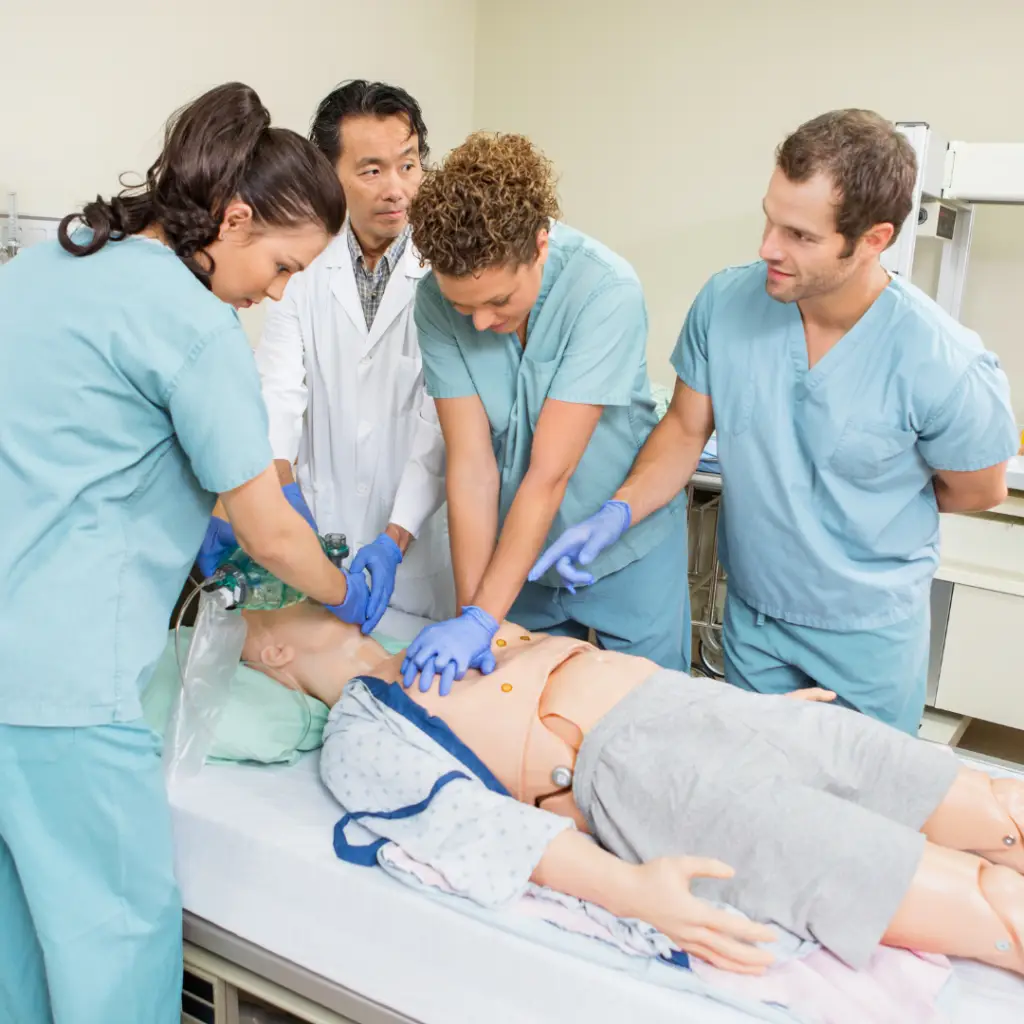
The COVID-19 pandemic profoundly impacted nursing education and simulation in Oregon and across the country. As emergency declarations were implemented, many healthcare providers closed their facilities to students seeking clinical placements. Shortages of protective equipment, risks of further spread of COVID-19, and the ongoing burden on healthcare staff all posed challenges.
In response to these disruptions, the Oregon State Board of Nursing issued directives allowing nursing programs to increase the amount of clinical education that could be augmented with simulation. Nursing students could continue their education during the pandemic while still gaining valid clinical experiences.
Simulation, both face-to-face and remote learning, provides opportunities to address specific challenges in clinical practice through realistic learning environments. It increases learner knowledge and confidence while providing a safe space to practice before entering a clinical setting.
However, how do the learning modalities compare, based on the opinions and perceptions of nursing faculty and nursing students? Read more in our 2023 report, Comparison of the Perception of Clinical Instruction: In-Facility, Face-to-Face Simulation, and Virtual Simulation Experiences in Oregon’s Nursing Programs.
